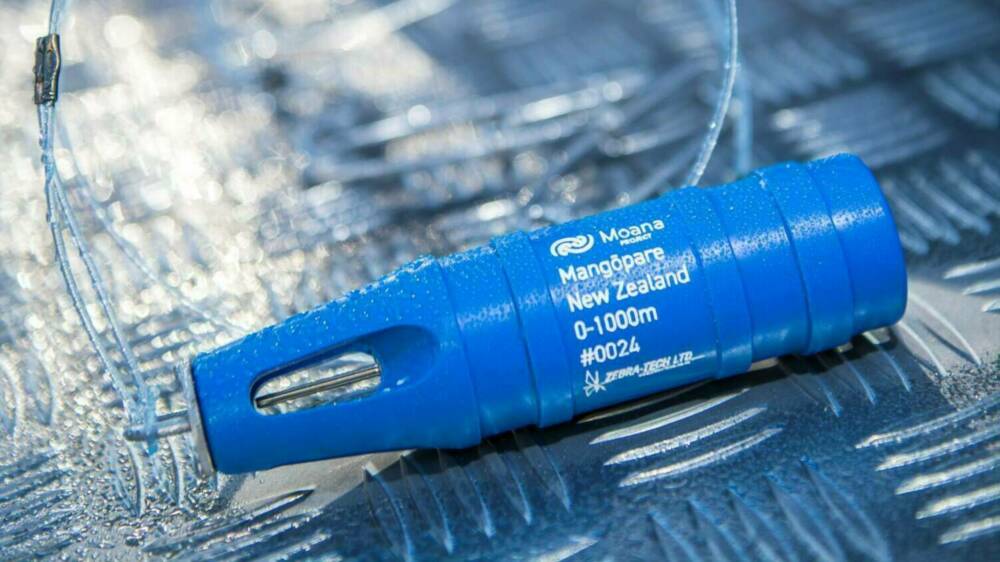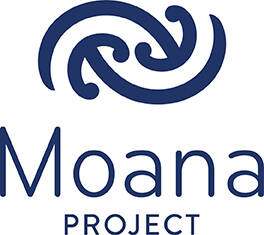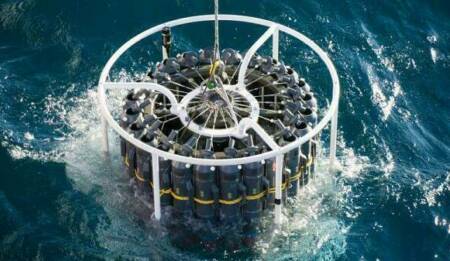Moana Project
This is a five-year project to improve our understanding of coastal ocean circulation, connectivity and marine heatwaves to support New Zealand’s seafood industry, ocean research and iwi. The project is run in partnership with Whakatōhea iwi in the Bay of Plenty.

Background
Aotearoa New Zealand’s knowledge of local ocean dynamics is sparse in both time and space. It is not integrated or accessible. The Moana Project changes how we understand the ocean and makes information accessible so that iwi, researchers, government agencies and industry can make better decisions around their interactions with the ocean.
Project details
The project is investigating four oceanic themes around Aotearoa New Zealand.
It is exploring traditional waka voyaging and mātauranga, the impact of climate change on Māori fisheries, and a case study for iwi coastal management.
Historical and near-real-time ocean temperature and salinity data is being collected using the Mangōpare temperature sensor which attaches to fishing gear. Data is transferred to a secure MetService database to be assimilated into project modelling. The project is creating oceanic hindcasts forecasts and particle tracking models to help understand larval transport for kaimoana / seafood species. It is also researching the genetic connectivity of pāua, mussels and crayfish New Zealand-wide to identify the sources of kaimoana populations and contribute to their protection.
What they hope to achieve
The Moana Project aims to vastly improve understanding of coastal ocean circulation, connectivity and marine heatwaves to support sustainable growth of the seafood industry and management of environments. This will include a Whakatōhea Iwi Impact Assessment Framework which draws on all four themes.
Partnering with Whakatōhea iwi means the processes and outcomes can be referenced by other coastal iwi in Aotearoa New Zealand.
Resource



